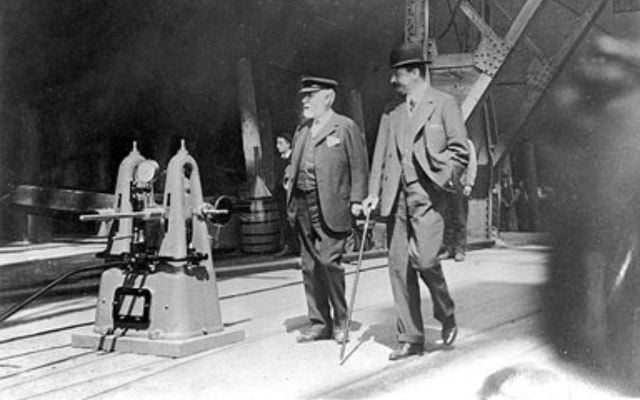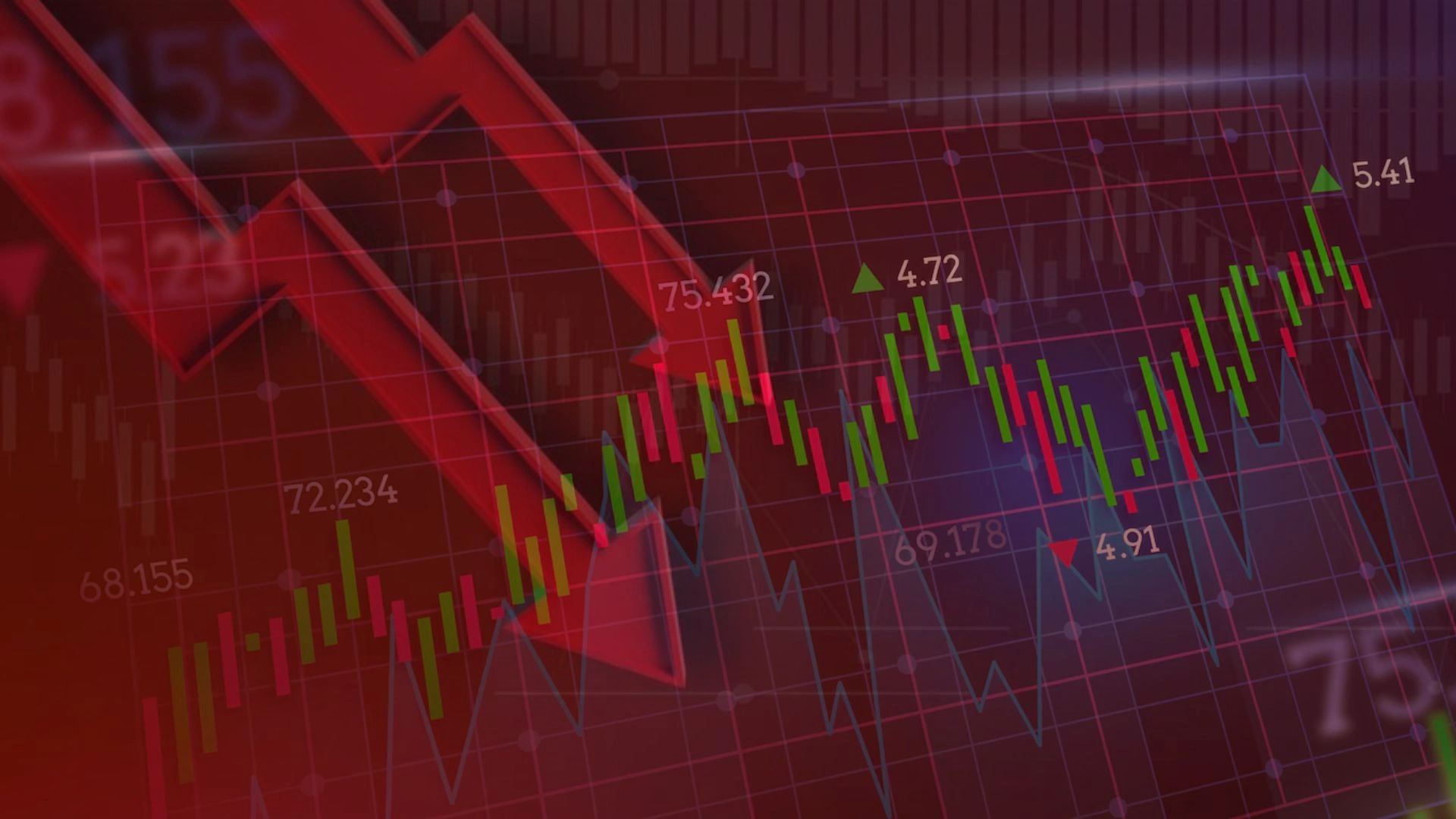Wedbush analyst Dan Ives has voiced criticism of President Donald Trump ‘s tariff calculations, comparing them to a high school economics project. What Happened : On Thursday, Ives, through a post on X, expressed his views on the tariff numbers presented by the Trump administration. He suggested that the calculations, which are based on each country’s trade surplus divided by their total imports with the U.
S., are overly simplistic and fail to consider complex economic factors. The tariff numbers are a convoluted set of calculations that appear to be taking each nation's trade surplus by their total imports with the US.

If a 9th grader in high school presented this tariff chart to a teacher in a basic econ class the teacher would laugh and say sit down These calculations were defended by Treasury Secretary Scott Bessent in March as a means to balance trade deficits. However, Ives and other critics argue that the approach ignores important elements such as exchange rates and global trade dynamics. Why It Matters : While there is a lot of speculation over the reciprocal tariff calculation, the U.
S. Trade Representative’s Office (U.S.
T.R.) outlined its strategy and the calculation formula on its website.
The U.S.T.
R. also provided the methodology to calculate the elasticity or responsiveness of imports to changes in import prices. Trinh Nguyen , senior economist of emerging Asia at Natixis, told CNBC, "The formula is about trade imbalances with the U.
S. rather than reciprocal tariffs in the sense of tariff level or non-tariff level distortions. This makes it very difficult for Asian countries, particularly the poorer Asian countries, to meet US demand to reduce tariffs in the short term, as the benchmark is buying more American goods than they export to the U.
S." Meanwhile, James Surowiecki , a writer for The Atlantic and Fast Company, called the reciprocal tariff methodology “dumb and deceptive” in a post on X. On the other hand, a few analysts opined that the methodology of the Trump administration could give it more room for trade agreements with other countries.
Rob Subbaraman , head of global macro research at Nomura, told the publication, “...
the opaqueness surrounding the tariff numbers may add some flexibility in making deals, but it could come at a cost to U.S. credibility.
" The tariff policy, as outlined by the USTR, has sparked a debate among experts. Ives’ analogy of the tariff chart being akin to a 9th grader’s economics project reflects this broader skepticism. Read Next: Trump’s ‘Reciprocal Tariff’ Math: A Masterclass In Economic Absurdity – Benzinga Image via Shutterstock Disclaimer: This content was partially produced with the help of AI tools and was reviewed and published by Benzinga editors.
© 2025 Benzinga.com. Benzinga does not provide investment advice.
All rights reserved..
'Teacher Would Laugh And Say Sit Down:' Top Analyst Compares Trump's Reciprocal Tariff Calculations To A 9th Grader's Economics Project

Wedbush analyst Dan Ives has voiced criticism of President Donald Trump‘s tariff calculations, comparing them to a high school economics project.What Happened: On Thursday, Ives, through a post on X, expressed his views on the tariff numbers presented by the Trump administration. He suggested that the calculations, which are based on each country’s trade surplus divided by their total imports with the U.S., are overly simplistic and fail to consider complex economic factors.The tariff numbers are a convoluted set of calculations that appear to be taking each nation's trade surplus by their total imports with the US. If a 9th grader in high school presented this tariff chart to a teacher in a basic econ class the teacher would laugh and say sit down— Dan Ives (@DivesTech) April ...Full story available on Benzinga.com















